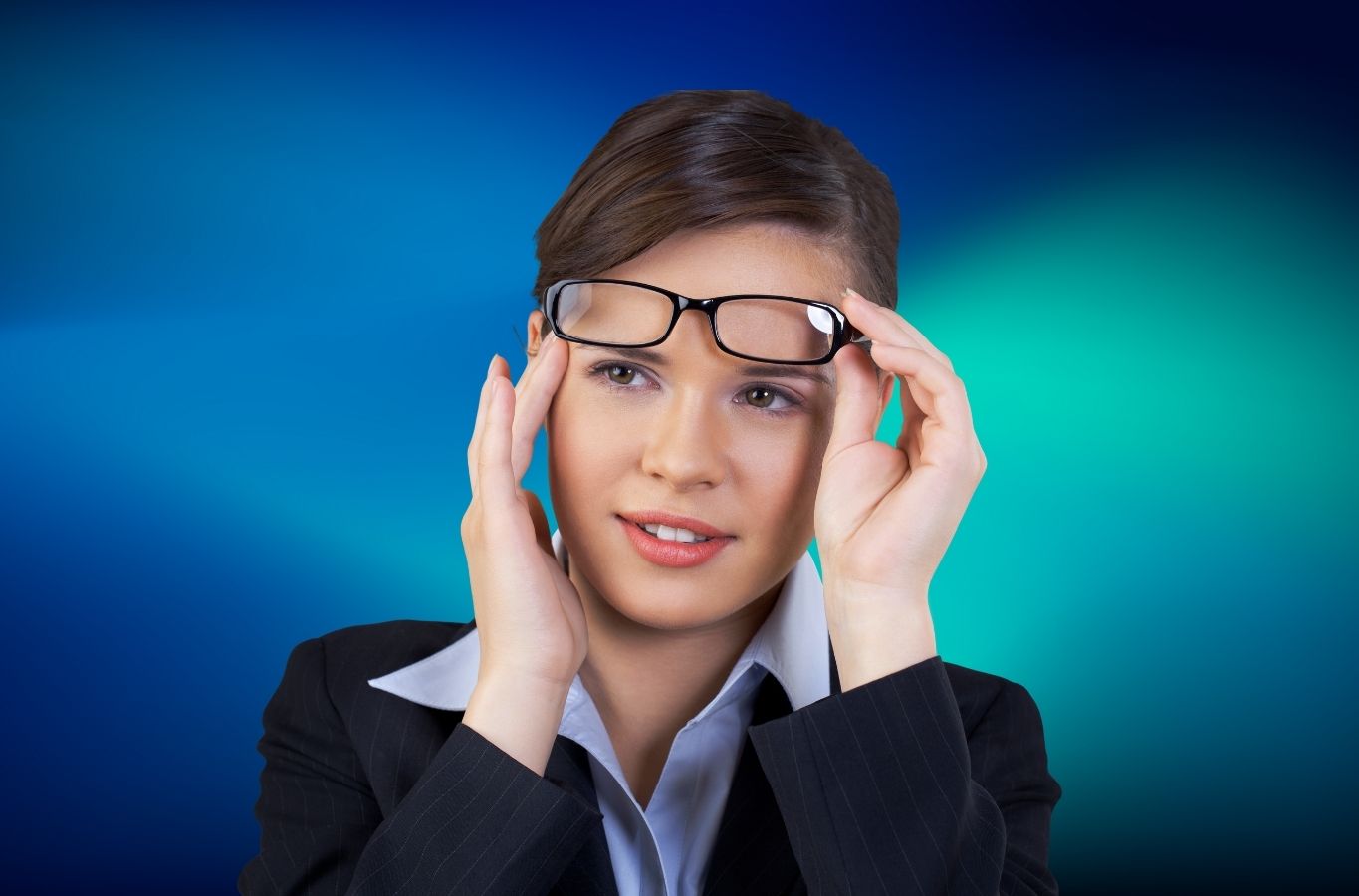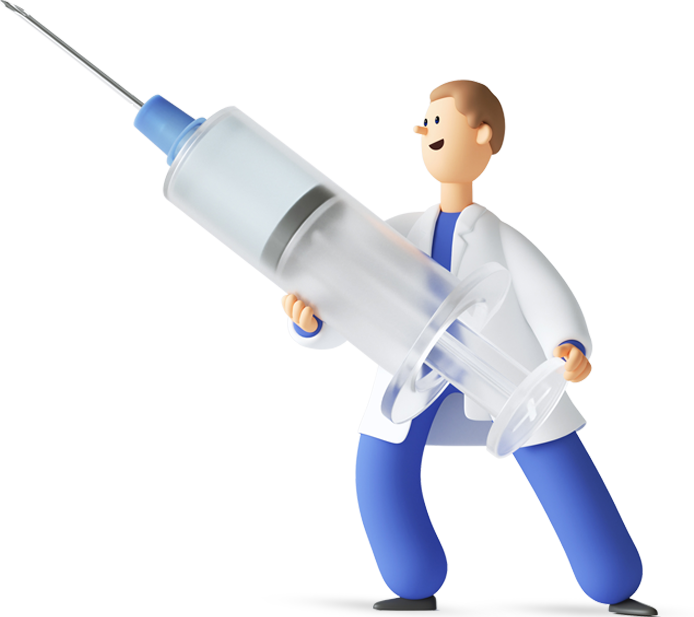
What is hyperopia and why does it occur? Hyperopia is caused by a shorter eyeball or a flat cornea. In this case, light is focussed on the back of the eye, not the retina, causing nearby objects to appear blurred. Factors such as genetic factors, aging and pregnancy can also contribute to the development of hyperopia. What are the Symptoms of Hyperopia? Blurred Near Vision: Reading books, writing [...]

What is Astigmatism and How Does It Occur? Astigmatism is a refractive error that causes blurred vision due to focusing problems in the eye. Irregular curvatures of the cornea or lens in the eye cause light not to focus properly. Astigmatism can be accompanied by other vision problems, such as myopia (nearsightedness) or hyperopia (farsightedness). Astigmatism can be combined with such refractive errors [...].

What is Eye Pressure (Glaucoma)? Eye pressure or glaucoma is a serious eye disease caused by increased intraocular pressure. Excessive production or slow drainage of fluid in the eye increases the pressure, which can damage the optic nerve and cause vision loss. There are different types of glaucoma and treatment is planned on a patient-specific basis. Eye Pressure Symptoms Glaucoma in the early stages [...]

What is Myopia? Myopia is a visual impairment caused by a defect in the refraction of light in the eye. Normally, the cornea and lens focus the incoming light on the retina, providing a clear image. However, in myopia, light is focused in front of the retina and distant objects appear blurred. This can be caused by anatomical features such as the cornea or lens being too curved or the eyeball being longer than normal. Causes of Myopia [...]

What is Retina? The retina is a sensory layer located at the back of the eye and provides visual function. The retina, which perceives light and sends visual signals to the brain, processes the light coming through the cornea and lens in the eye and forms the final stage of the visual process. The retina is covered with nerve cells and billions of visual cells. Symptoms of Retinal Disease Although the symptoms of retinal diseases vary according to the type of disease, [...]

What is Physiotherapy? Physiotherapy is an evidence-based treatment method that aims to increase the mobility of patients, improve their functionality and maintain their health. Physiotherapy, a health service covering rehabilitation, prevention of disabilities and improvement of general health, has a wide range of applications on musculoskeletal, circulatory, nervous and respiratory systems. Physiotherapists are skilled in assessing the patient's mobility and creating personalised treatment programmes.

What is Knee and Hip Replacement? Knee and hip prosthesis is a surgical procedure performed to relieve pain and limitation of movement in cases such as excessive wear, damage or deformation in the joints. Prosthesis surgeries are a method used especially in joint problems such as advanced calcification (osteoarthritis), rheumatoid arthritis, hip fracture. Conditions requiring prosthesis Osteoarthritis: Severe pain as a result of wear of the cartilage tissue in the joints [...]

What is Flat Feet and Who Can Get Flat Feet? Flat feet is a condition in which the arch of the foot disappears and the foot presses flat on the ground. Although it is considered normal that the arch of the foot does not develop until the age of 3-5 in children, this arched structure is expected to form until the age of 10. In adults, flat feet can be caused by childhood or age-related foot problems, trauma or calcification. Flat [...]

What is a heel spur and why does it occur? Heel spur is a bony protrusion that occurs on the sole of the foot, near the heel bone, and is usually caused by irritation of the plantar fascia. Factors such as prolonged standing, incorrect shoe use, overweight and age factors can lead to irritation of the plantar fascia tissue and cause the development of heel spurs. Biomechanical problems in the foot structure [...]

What is a meniscus tear? Meniscus tear occurs as a result of damage to the cartilage structure called meniscus in the knee. This cartilage in the knee protects the bone, absorbs impacts and helps the knee to move flexibly. Meniscus tears are usually caused by factors such as sudden rotational movements, overload, sports activities and aging. What are the Symptoms of a Meniscus Tear? The most common symptoms of a meniscus tear [...]
Last Added
Categories
Tags
appendicitis appendicitis surgery burst appendicitis foot foot sole Pain nutrition blurred vision Kidney depression knee knee joint flat Exercise Function glaucoma vision loss Eye eye surgery eye pressure Chest Movement hip Cancer liver bone cholesterol Cornea Chronic Disease meniscus Bladder myopia obesity Spine prosthesis psychology Retina retinal surgery Type 1 heel spur fat walking Diabetes in Children Cough Ureter


